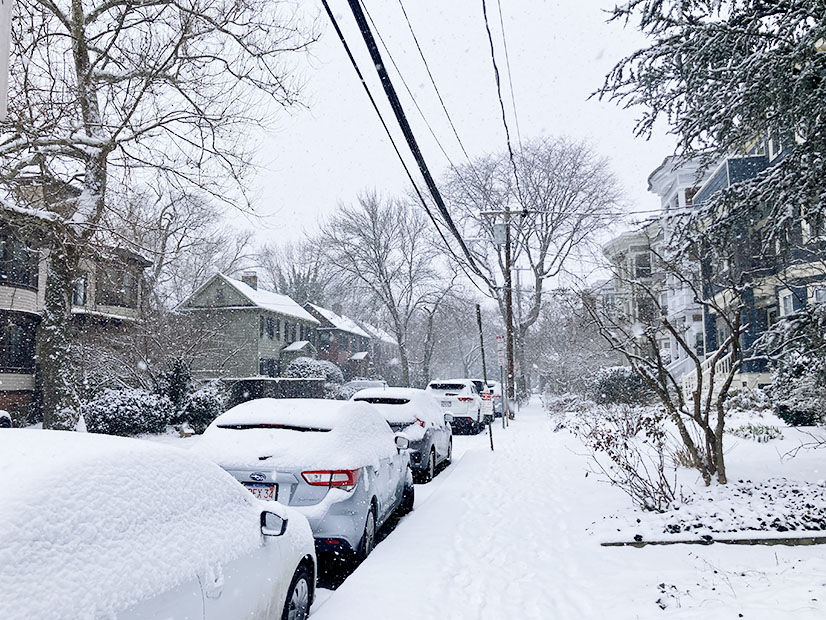ISO-NE on May 14 outlined for the NEPOOL Reliability Committee its work on a potential metric quantifying energy shortfall risk in the Northeast based on extreme weather to complement the traditional one-day-in-10-years loss-of-load expectation.
The so-called Regional Energy Shortfall Threshold (REST) is intended to be a “reliability-based threshold that reflects the region’s level of risk tolerance with respect to energy shortfalls during extreme weather,” according to the RTO. (See ISO-NE Details Proposal for Regional Energy Shortfall Threshold.)
As climate change causes extreme weather events to become more frequent, there has been growing concern that the widely used one-in-10 standard — requiring grid operators to procure sufficient resources so that its likely load is shed only one day in 10 years — is not enough to maintain reliability. (See related story, ERCOT Proposes ‘Multi-metric’ Approach for Reliability Standard.)
Once the REST is hit, ISO-NE would require certain measures based on possible 21-day extreme weather events. But the RTO still is working on the threshold’s exact value, what weather events would be used in the evaluation to set it and how often evaluations would be conducted.
ISO-NE told the committee that stakeholders prefer a metric based on expected unserved energy, defined as the expected amount of energy not supplied by the generating system during a certain period. It would consider the probability, magnitude and duration of an energy shortfall; percent of unserved load; customer impacts; and seasonal differences.
Jinye Zhao of ISO-NE said the RTO is considering a “maximum normalized seven-day energy shortfall,” which “would represent the system’s energy shortfall as a percentage of the system’s demand over rolling seven-day periods within the 21-day events.”
This metric would capture both the severity and duration of shortfall risks and would minimize the need for frequent major updates as demand and resource profiles change, Zhao said.
ISO-NE said it still is evaluating how it would establish the threshold for whichever metrics it selects and noted that it is “in the process of studying a number of additional 2027 winter events in order to help quantify a meaningful threshold.”
The RTO would rank all 4,680 possible 21-day weather events based on average system risk and select a top percentage of them to weigh against the threshold. It then would use the Probabilistic Energy Adequacy Tool (PEAT), developed with the Electric Power Research Institute, to quantify the selected set’s risks. (See ISO-NE Study Highlights the Importance of OSW, Nuclear, Stored Fuel.)
Regarding the assessments’ timing, the RTO said stakeholders have shown “a notable preference for seasonal assessments ahead of the winter and summer seasons,” as well as for annual PEAT assessments that look three to five years ahead.
“[ISO-NE’s] current thinking is that a seasonal assessment of operational peak periods for the energy shortfall risk against the REST criteria is most appropriate,” said Stephen George of ISO-NE. The RTO likely would perform these assessments two to four months in advance of a given season, he said.
“This timing would facilitate the use of the most up-to-date resource mix, demand profiles and fuel inventory assumptions,” while giving enough time to implement solutions to address shortfall risks, George said.
The RTO also is considering longer-term annual shortfall assessments to identify trends and upcoming risks, George added.
Once ISO-NE establishes the REST, it plans to embark on “a subsequent effort” to evaluate possible solutions to risks identified in the process, George said. Potential solutions include “market enhancements” and “responsiveness by end-use consumers.”
ISO-NE plans to provide more information on the REST at the July RC meeting and present a proposal in August, with the hope of presenting a final proposal by the end of the year.



